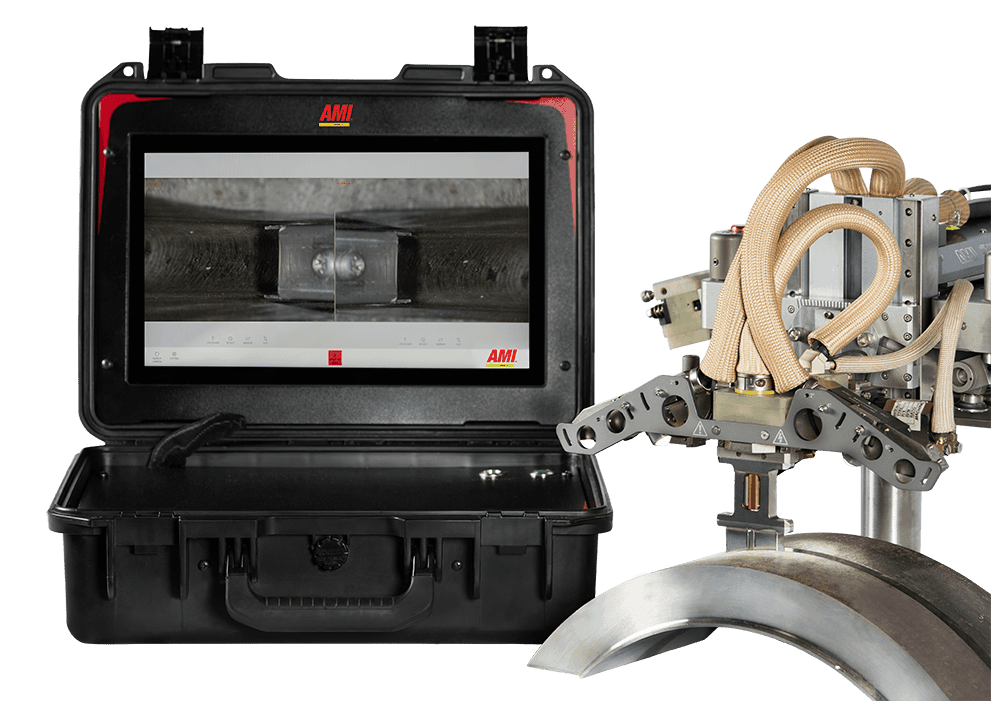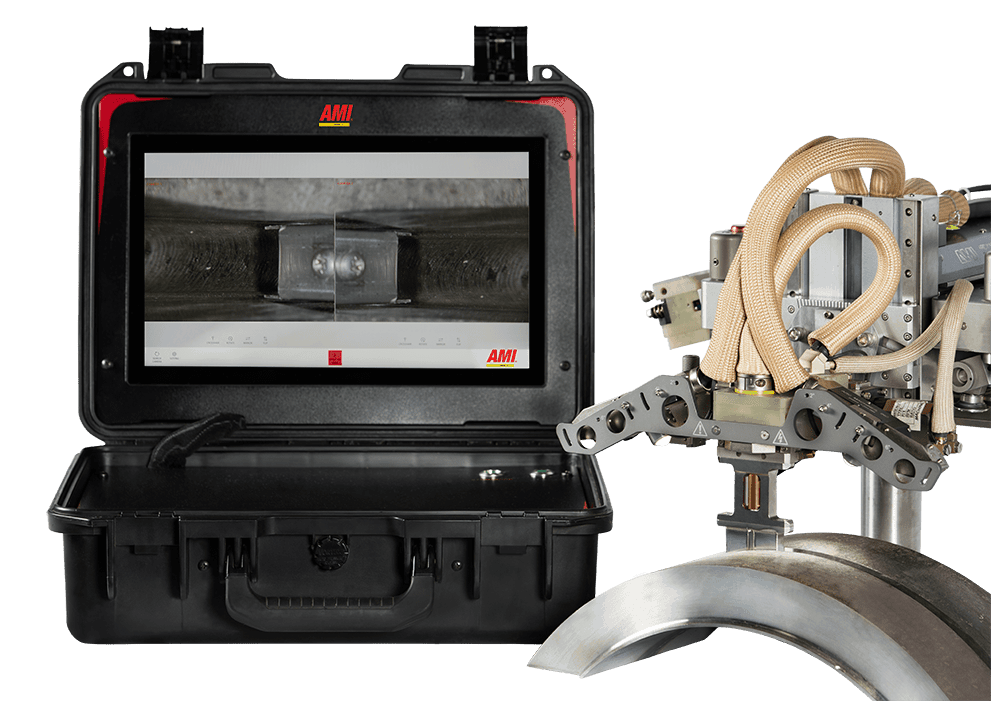
The welding process balances heat, electricity, and metallurgy in a complex interplay. The result is a nearly contiguous extension of the metal substrate across the joint. The welding process is a marvel that has made much of what we take for granted possible: goods delivered to us via ships, electric lights in every home, and much more besides. However, in spite of how important welding processes are to some of our largest and most precisely engineered structures and systems, much of welding is surprisingly subjective.
Manual welding processes depend heavily on the skill and reflexes of the operator. In many high-value processes where welding is automated, the weld process follows welding parameters that were developed and qualified decades earlier. In many ways, today’s welding practices aren’t the best they could be. Weld process data collection may help to create a comparative framework that allows welding to develop as a science, rather than an art. Ultimately, this could result in improvements in how we build and what we can build.
What Is Weld Process Data?
Welding is a process with a number of variables that need to be carefully assessed well before an actual weld is created to ensure the resulting weld has the needed structural properties to successfully join two metals. Many things that occur before welding, during welding, and while the weld cools can alter those variables. Weld process data collection allows information about welding materials and welding machine settings to be stored and for comparisons to be made over time. Through the use of sophisticated sensors, it is possible to record factors like environmental data, heat distribution in the weld, and how these are affecting penetration and fusion deep within the weld. Weld data monitoring systems can monitor sidewall fusion as the weld progresses.
This information has a direct effect on weld formation and its quality. In high-volume mechanized welding processes, the sheer amount of data generated means that the welding process can be optimized swiftly for quality, speed of production, or the best compromise between the two. In high-value processes like orbital welding, the weld process can be analyzed to maximize the quality of the resulting welds.
The Advantages of Analyzing Welding Data
When weld process data is recorded across many welds and analyzed using weld data analytics, it can reveal useful insights, such as what parts of the welding process are working as expected, what isn’t working, and—most importantly—where there is room for improvement. It is simply a matter of recording enough welds and analyzing enough weld process data to make those opportunities clear.
The advantages of analyzing weld process data go beyond the actual quality of the weld and offer efficiency improvements like:
- Predictive Maintenance: One advantage that has resulted from data capture is the ability to detect when wear and tear on equipment is causing it to perform suboptimally, allowing the user to perform maintenance before the equipment becomes nonfunctional. This has implications for both weld quality and welding productivity.
- Improved Safety: Weld process data creates records of the components used in a weld and the welding process used. This continuous documentation can be used in weld validation and recordkeeping.
- Increased Productivity: A major focus for data analysis in any industry is increasing operational efficiency by pinpointing bottlenecks in labor and production and eliminating them. Collecting weld process data allows inefficiencies in the actual process of welding to be eliminated to improve the use of time and resources.
The advantages of weld process data collection and analysis may seem minor when considering their effect on any individual welding process. However, when these advantages are considered across the course of a project or quarterly production, the real strength of data collection can be seen. Small improvements in efficiency pay off handsomely when they are applied to a large number of welds.
These advantages hold true for very high-value welding processes as well. These processes tend to use expensive materials, stick to proven and validated welding procedures that have been qualified for decades, and use highly skilled welders who bring a great deal of experience to the project. However, these welders are in increasingly short supply, and weld process data can provide a solution both in educating new welders and developing new welding processes. Moreover, high-specification welding projects that make use of rare or expensive materials such as exotic alloys can stand to save significantly on costs by increasing the efficiency of the weld process by even a small amount. The time to start developing the welding processes of the future is now.
Arc Machines, Inc. leads the industry with welding power supplies that support data capture and cloud storage and analytics. For product inquiries, contact sales@arcmachines.com, and for service contact service@arcmachines.com. To develop a custom solution, contact us to arrange a meeting.





